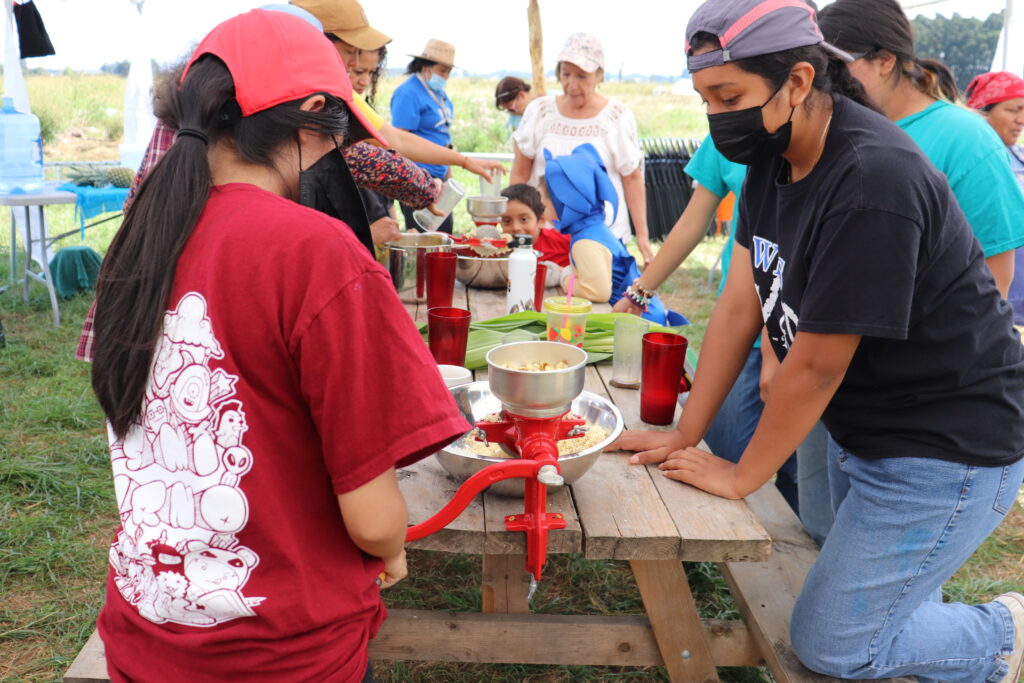 School districts hoping to use the summer months to catch students up before fall have been left by the state Legislature to do less with less, officials said.
School districts hoping to use the summer months to catch students up before fall have been left by the state Legislature to do less with less, officials said.
For the past two years, Oregon school districts and community-based organizations such as the YMCA and Boys & Girls Club have received millions in public funding for summer learning programs from the Legislature: a record high of $240 million in 2021 and $150 million in 2022.
This summer lawmakers gave them no additional funding. As a result, both small and large districts have pared back their offerings this summer, according to interviews with the Capital Chronicle. Some community groups have cut field trips and the number of hours of classes each day. Some groups have cut their programs entirely.
The lack of options has affected thousands of students across the state, according to a survey from the nonprofit Oregon Afterschool & Summer for Kids Network. It’s especially detrimental to students who’ve suffered setbacks and are still catching up from lost class time during the pandemic. It’s also deprived students of much-needed social and emotional resources.
Administrators and community group leaders say that legislators must think students only needed two summers to catch up from the pandemic.
“This idea of unfinished learning that is a result of the pandemic is not a one and done thing,” said Suzanne West, who leads Salem-Keizer school district’s summer programming. “The young people, especially our youngest students, they’ll be in our system matriculating for the next 10 to 11 years. I’m not suggesting that it’s going to take that long to get them caught up, but it isn’t something that you can resolve in a summer or two for many of these young people.”
Salem-Keizer is on track to serve several thousand more students this summer than in years prior, but will not be able to offer popular robotics and science, technology, engineering and math, or STEM, courses that they had in the past two years.
“I think our legislators need to have more of a long-term viewpoint on what it’s going to take for the state in particular, but also locally, just to really address the unfinished learning that resulted from the pandemic,” West said.
During the recent Legislative session, Sens. Michael Dembrow, D-Portland, and Sara Gelser-Blouin, D-Corvallis, attempted to get funds for summer programs passed for this year through Senate Bill 531, which moved to the Senate Ways & Means Committee in late February and never left. By early May, then-director of the Oregon Department of Education, Colt Gill, sent a letter to district leaders telling them summer learning money was unlikely to come. State leaders were concerned about a tight state budget, with little idea that by May 17, they’d learn the state revenue forecast was nearly $2 billion higher than anticipated. Despite Democratic leaders in the House and Senate backing record funding for schools via the state school fund in June, it was too late by then to direct such funds to summer school. Most smaller districts need to finish their planning by April, and most larger districts start planning as early as October.
By Alex Baumhardt of Oregon Capital Chronicle
Do you have a story for The Advocate? Email editor@corvallisadvocate.com


